
Northern Mindanao is an administrative region in the Philippines, designated as Region X. It comprises five provinces: Bukidnon, Camiguin, Misamis Occidental, Misamis Oriental, and Lanao del Norte, and two cities classified as highly urbanized, all occupying the north-central part of Mindanao island, and the island-province of Camiguin. The regional center is Cagayan de Oro. Lanao del Norte was transferred to Northern Mindanao from Region XII by virtue of Executive Order No. 36 in September 2001.

Misamis Oriental, officially the Province of Misamis Oriental, is a province located in the region of Northern Mindanao in the Philippines. Its capital, largest city and provincial center is the city of Cagayan de Oro, which is governed independently from the province.

Gingoog, officially the City of Gingoog, is a 1st class component city in the province of Misamis Oriental, Philippines. According to the 2020 census, it has a population of 136,698 people.
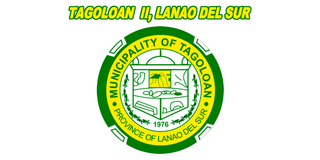
Tagoloan, officially the Municipality of Tagoloan and also known as Tagoloan II, is a 4th class municipality in the province of Lanao del Sur, Philippines. According to the 2020 census, it has a population of 12,602 people. It is the poorest municipality in the whole country of the Philippines.
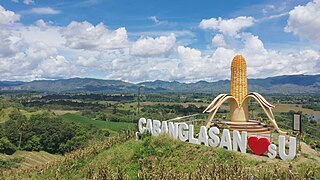
Cabanglasan, officially the Municipality of Cabanglasan, is a 3rd class municipality in the province of Bukidnon, Philippines. According to the 2020 census, it has a population of 36,286 people.

Don Carlos, officially the Municipality of Don Carlos, is a 1st class municipality in the province of Bukidnon, Philippines. According to the 2020 census, it has a population of 69,273 people.

Impasugong, officially the Municipality of Impasugong, is a 1st class municipality in the province of Bukidnon, Philippines. According to the 2020 census, it has a population of 53,863 people.

Kibawe, officially the Municipality of Kibawe, is a 2nd class municipality in the province of Bukidnon, Philippines. According to the 2020 census, it has a population of 41,897 people.

Kitaotao, officially the Municipality of Kitaotao, is a 1st class municipality in the province of Bukidnon, Philippines. According to the 2020 census, it has a population of 53,796 people.
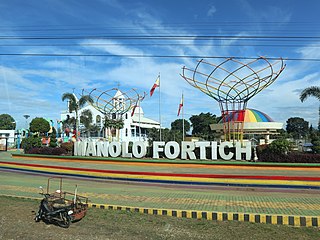
Manolo Fortich, officially the Municipality of Manolo Fortich, is a 1st class municipality in the province of Bukidnon, Philippines. According to the 2020 census, it has a population of 113,200 people.

Sumilao, officially the Municipality of Sumilao, is a 4th class municipality in the province of Bukidnon, Philippines. According to the 2020 census, it has a population of 29,531 people.
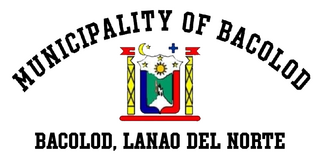
Bacolod, officially the Municipality of Bacolod, is a 4th class municipality in the province of Lanao del Norte, Philippines. According to the 2020 census, it has a population of 24,367 people. The town is home to an old Spanish fort, known as Fuerza de Bacolod, which is in dire need of proper conservation and faithful restoration by the National Museum of the Philippines.
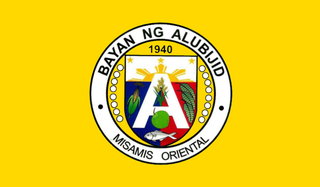
Alubijid, officially the Municipality of Alubijid, is a 4th class municipality in the province of Misamis Oriental, Philippines. According to the 2020 census, it has a population of 32,163 people.

Balingasag, officially the Municipality of Balingasag, is a 2nd class municipality in the province of Misamis Oriental, Philippines. According to the 2020 census, it has a population of 74,385 people.

Initao, officially the Municipality of Initao, is a 3rd class municipality in the province of Misamis Oriental, Philippines. According to the 2020 census, it has a population of 33,902 people.
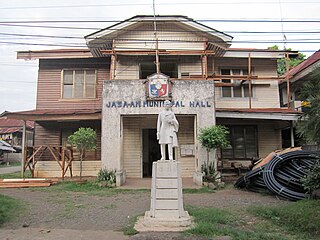
Jasaan, officially the Municipality of Jasaan, is a 2nd class municipality in the province of Misamis Oriental, Philippines. According to the 2020 census, it has a population of 57,055 people.

Laguindingan, officially the Municipality of Laguindingan, is a 4th class municipality in the province of Misamis Oriental, Philippines. According to the 2020 census, it has a population of 26,363 people.
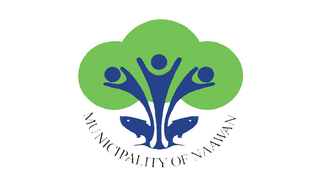
Naawan, officially the Municipality of Naawan, is a fourth class municipality in the province of Misamis Oriental, Philippines. The population of the town is estimated to be 22,444 according to the 2020 census.

Salay, officially the Municipality of Salay, is a 4th class municipality in the province of Misamis Oriental, Philippines. According to the 2020 census, it has a population of 29,998 people. The town is known for its handmade paper and papercrafts, similar to washi, but made with indigenous fibers.
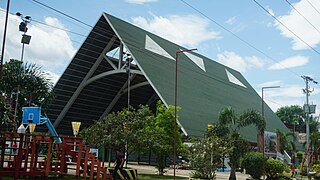
Villanueva, officially the Municipality of Villanueva, is a 2nd class municipality in the province of Misamis Oriental, Philippines. According to the 2020 census, it has a population of 40,419 people.




























